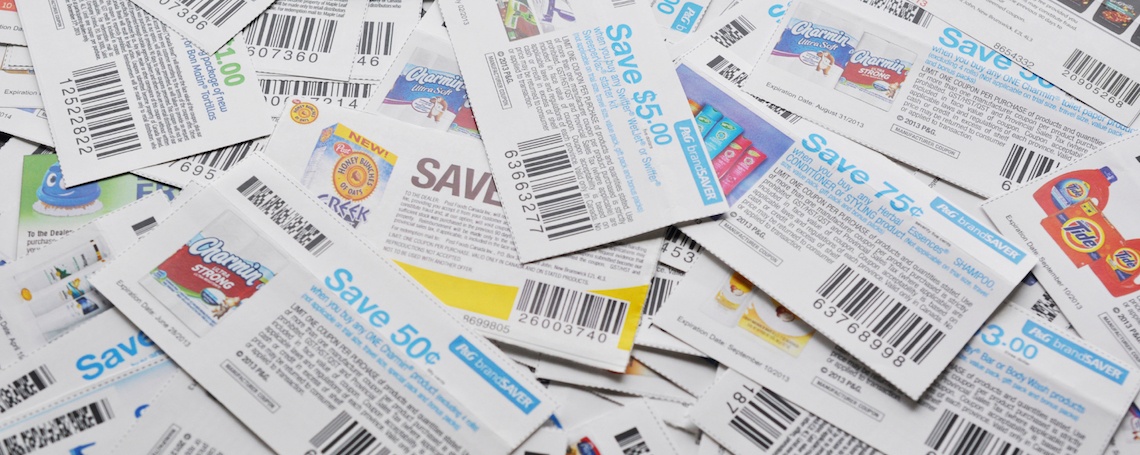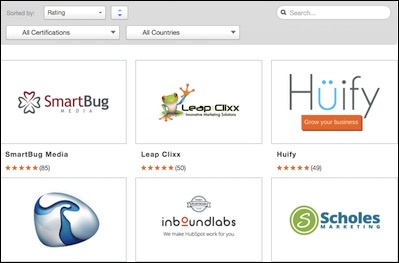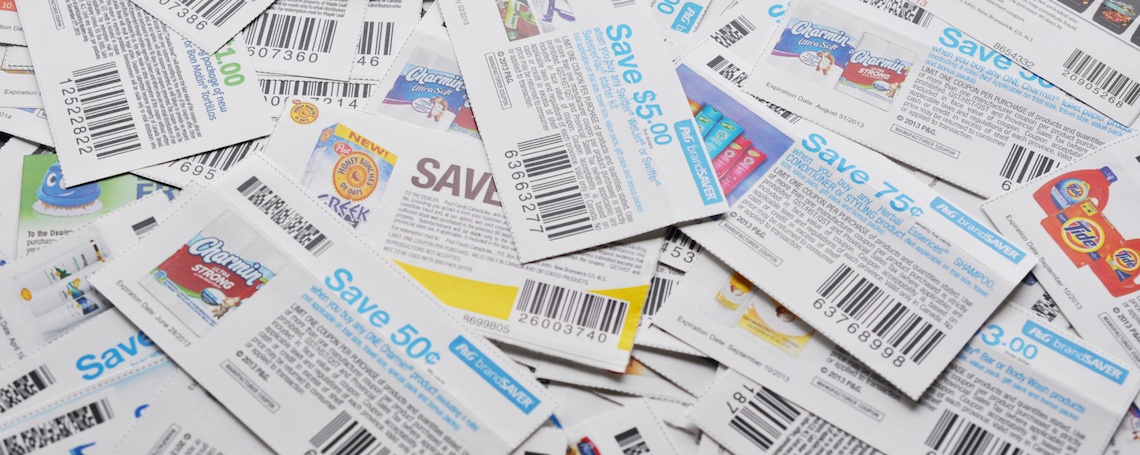
Effective Use of Coupons & Referrals in Your Inbound Strategy
May 26, 2016
By Carly Ries
When many people think of inbound marketing offers, chances are their thoughts go straight towards ebooks, white papers, case studies, and so on. Rarely are coupons and referrals the first thing that enter a person's mind, but this shouldn't necessarily be the case. Below you'll see many reasons as to why you should incorporate these tactics into your marketing plan as well as effective uses of both to apply to your inbound strategy.
Why You Should Use Coupons in Your Inbound Strategy
With the increase in technologically advanced mobile devices, shoppers are relying on their tablets and smart phones more than ever to deliver offers they want, and when they want them. Coupons are a great way to assist marketers in reaching their audiences when they need to. The good news? Coupon redemption statistics show that people want to receive coupons from your company, and they'll even make an effort to search for them.
While your audience loves the savings, marketers value coupons as another way to track campaigns and better understand their audience and habits.
Coupons:
- Engage new leads with enticing offers
- Increase customer interest in new products
- Drive customer loyalty
- Monitor product performance (when tracked properly)
Did You Know...
- 96% of consumers use coupons (RetailMeNot)
- 55% of Millennials use their computers to look for coupons and discounts (eMarketer)
- 124.4 million people are expected to redeem online coupons in 2016 (Newsday)
- 85% of coupon users prefer personalized offers based off previous purchases (Access)
- 44.5% of marketers will use digital coupons as a part of their marketing strategy by the end of 2016 (Access)
How to Make Your Coupons Appealing
This may sound like a given, but your coupons should be visually appealing. Consider using vibrant images, captivating fonts, product photos, or your logo. When possible, A/B test the visuals of your digital coupons and use unique tracking URLs to track which coupon performed best to help optimize your future coupons. In the copy, imply a sense of urgency on the coupon, making visitors feel like they are missing out if they don't redeem it. Asking visitors to take action can go a long way.
Don't make it difficult for your audience to receive the coupon. One of the reasons consumers don't end up using coupons is because they can't find any that match their wants and needs. Monitor past behvior on your website to give them a coupon that reflects their interests. To add to the behavior of the visitor, give them the coupon when it's most relevant, including at checkout, or implementing a pop-up if they leave checkout.
Lastly, make sure your visitors don't experience coupon fatigue. Don't make them think they are going to see the same coupon over and over again. Continue to surprise them with personalized coupons that match their current needs and deliver it in different ways.
Creative Ways to Use Coupons in Your Inbound Marketing Strategy
- Email: Emails with digital coupons get strong open and click rates, and an increase in revenue per email sent (Experian).
- Blogging: Write a blog post about your coupons and share them on social networks.
- Social Media: Social media is a fantastic way for people to share your coupon and increase brand exposure. Incorporate social sharing icons with your coupon to allow for one-click sharing capabilities.
- Feature coupons as a CTA on corresponding pages of your website where visitors can easily find them.
- Use PPC to spread the word about your coupons in order to bring qualified traffic back to your website.
Why You Should Use Referrals In Your Inbound Strategy

Referrals bring a sense of authenticity to your brand. When your company get's a referral from someone, it's not because they're getting paid to do so or have another incentive. It's because they've actually used your product or service and like it enough to recommend it to another person. Needless to say, referrals are typically warm/hot leads.
Did You Know...
- Referral leads, on average, are 4-10x more valuable than regular leads (Influitive)
- 1 in 3 people come to a brand through a recommendation (Deloitte)
- 83% of consumers are comfortable making a referral after a positive experience (Texas Tech University)
- 84% of B2B decision makers kick off their buying processes with referrals (HubSpot)
- 91% of customers say they’d give referrals. Only 11% of salespeople ask for referrals (Dale Carnegie)
- The lifetime value of a referred customer is 16% higher than a non-referred customer (Journal of Marketing)
- 65% of a company’s new business is from referrals (New York Times)
- A referred customer is 18% more loyal than a customer acquired through a different method (Journal of Marketing)
- A referred customer spends 13.2% more than a non-referred customer (Journal of Marketing)
Build a Customer Referral Program
There's a good reason customer referral programS have been gaining traction recently...because referrals work (see stats above)! To ensure you are using the power of your biggest cheerleaders to your advantage, below are a few helpful hints to building out your customer referral program:
- Find your advocates. Don't be hesitant to ask for referrals and reviews on sites and social platforms where your potential customers are looking.
- Set goals. Talk to your team about how often referrals are made and decide the average dollar value each new customer brings in. From there, figure out how many referrals you would need to fuel your funnel and aim for that number in your program.
- Choose the right incentives. It's not a good idea to try to pay people for referrals, but you can incentivize them in other ways (like tickets to an industry event, for example). Survey your customers and see what interestS them to figure out the best incentive for the referral.
- Choose your mediums for program promotion including email, blogs, CTAs...or even asking them directly.
- Keep tabs on analytics to understand what areas of your referral programs are performing best. Which sites are working? Do you know where the referral is in the process? Who recommended the referral? These are just a few of the question you should be able to track and answer to see how the program is performing.
Keep Referrals Engaged Once They Get to Your Site
Remember, referrals will still research you and your competitors. Make sure you stand out from the crowd and give the referral what they want.
- Make sure a visitor's first impression of your website leaves a lasting impression.
- Educate your visitors. Give them the information they need that will help them solve their pain points or address their interests.
- Make it easy for your visitors to buy your products and services. Give them opportunities around your site to take next steps in the buying process.
Have you found referrals and coupons useful in your inbound strategy? What tips would you share for success?

About the author
Carly Ries was formerly a Senior Inbound Marketing Consultant for SmartBug Media. With over 7 years of marketing and account management experience, Carly helps clients develop and implement inbound marketing strategies to grow leads, conversion, and revenue. Read more articles by Carly Ries.







